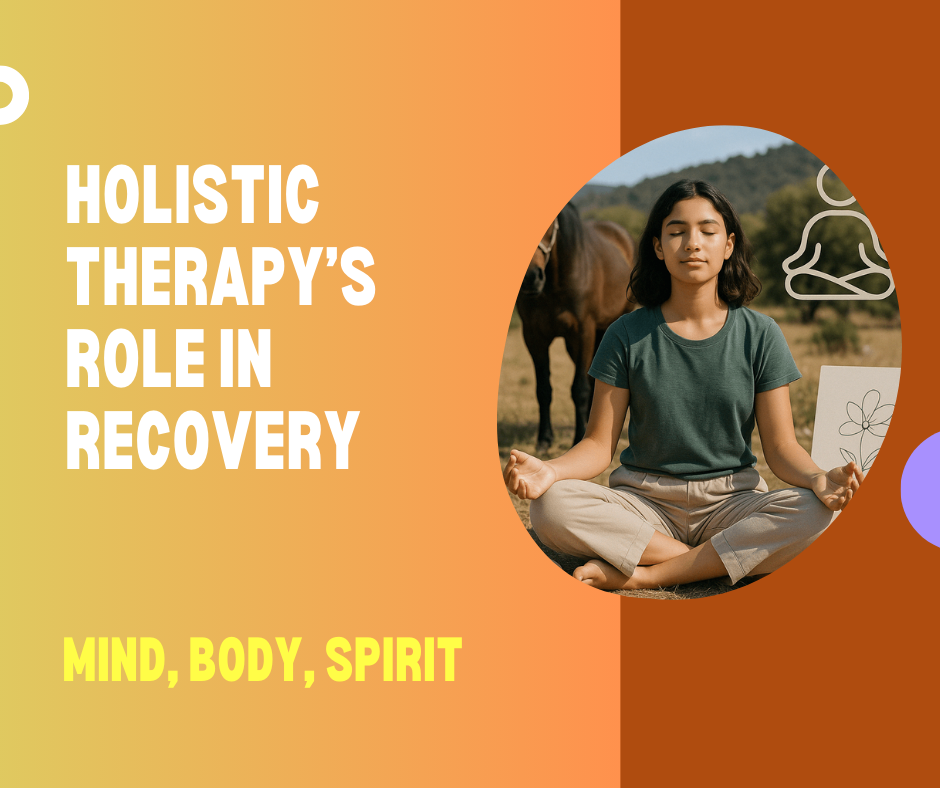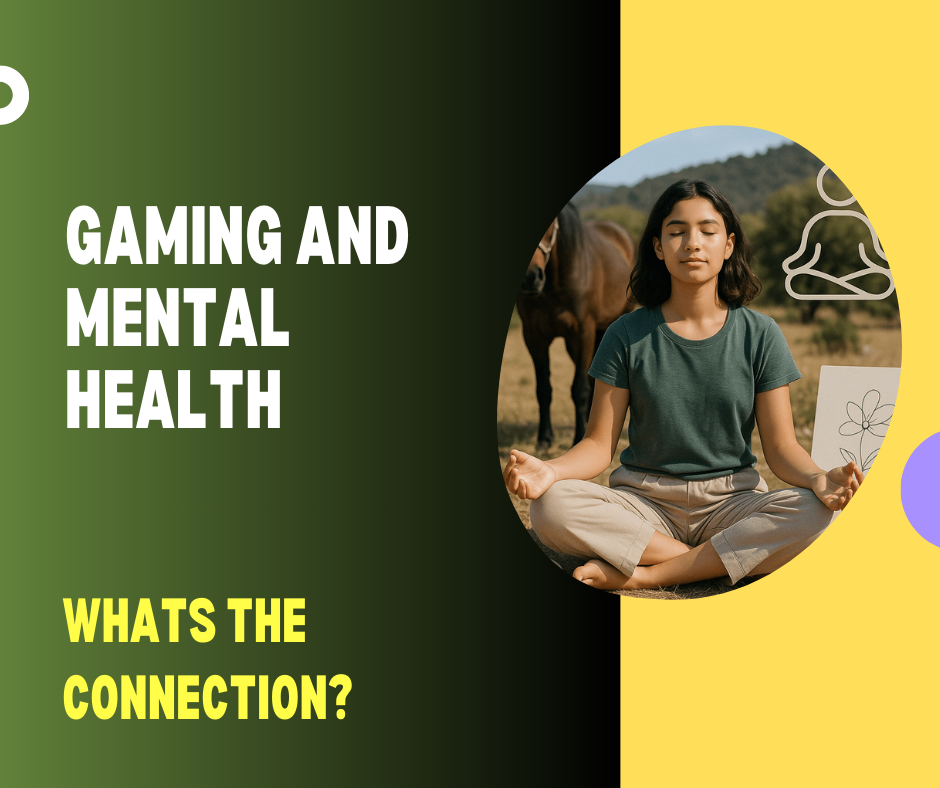Inpatient Residential Treatment for Teens: What to Know

When your teen is overwhelmed by mental health or addiction challenges, the path to recovery can seem hidden in a maze of options. What if there were a safe haven providing 24/7 care—a place where expert, compassionate support is available every minute of the day? Recent research shows that 1 in 6 U.S. youth aged 6-17 face mental health challenges, underscoring the urgent need for intensive care. Yet, there’s hope—intensive inpatient residential treatment offers a proven, round-the-clock support system that removes them from harmful environments and guides them toward a brighter future. Recent findings from the CDC reveal that even though some youth report fewer feelings of persistent sadness, increases in school-based violence and absenteeism are driving home the critical need for immersive mental health care.
Understanding Inpatient Residential Treatment for Teens
Inpatient residential treatment provides 24/7 care in a specialized facility where teens live full-time during their recovery. Unlike outpatient programs where teens return home each day, residential treatment creates an immersive healing environment free from outside distractions and triggers.
This level of care addresses severe mental health conditions, behavioral problems, and substance use disorders that require more support than weekly therapy sessions can provide. The need for such specialized care continues to grow, with 1 in 6 U.S. youth aged 6-17 experiencing mental health challenges. These broader public health trends underscore why dedicated residential facilities play a crucial role in addressing the complex mental health needs that many families struggle to manage at home.
But there’s a significant treatment gap. Mental Health America reports that 56.1% of youth with major depressive episodes don’t receive any mental health treatment, highlighting the critical need for accessible residential options.
What Is Inpatient Residential Treatment for Teens & Who Benefits
Residential treatment programs typically last 30-90 days, though some teens may require longer stays. During this time, they receive a structured combination of:
- Individual therapy sessions
- Group therapy
- Family therapy
- Medication management (when needed)
- Academic support
- Life skills training
These programs benefit teens struggling with:
- Severe depression or anxiety
- Trauma and PTSD
- Self-harm behaviors
- Suicidal thoughts
- Substance use disorders
- Behavioral disorders
- Co-occurring conditions
Residential treatment becomes appropriate when a teen’s symptoms significantly impact daily functioning, pose safety risks, or haven’t improved with outpatient care. As detailed in Teen & Adolescent Residential Treatment Programs in Arizona, this level of care provides a safe environment for teens who need intensive support to recover.
Benefits of an Immersive Residential Environment
The 24/7 structure of residential treatment creates several key advantages:
Constant supervision and support: Trained staff monitor teens around the clock, providing immediate intervention during crises and consistent reinforcement of healthy behaviors.
Removal from triggering environments: Distance from negative influences, unhealthy relationships, or access to substances allows teens to focus entirely on recovery.
Peer community: Living alongside others facing similar challenges reduces isolation and creates opportunities for social learning and connection.
Skill development: The immersive setting allows for real-time practice of new coping strategies, emotional regulation techniques, and interpersonal skills.
Educational continuity: Quality programs like those at Horizon Recovery integrate academic support to ensure teens don’t fall behind in school during treatment.
Key Components of Inpatient Residential Treatment for Teens
Effective residential programs maintain a careful balance between structure and flexibility. This predictable framework helps teens who often lack internal regulation develop healthy routines while receiving various therapeutic interventions.
Daily Routines and Therapeutic Activities
A typical day in residential treatment includes:
- Morning: Wake-up, hygiene routines, breakfast, medication administration, and a community meeting
- Mid-morning: Individual therapy or academic time
- Afternoon: Group therapy sessions focused on specific skills or topics
- Late afternoon: Recreational therapy, physical activity, or creative expression
- Evening: Dinner, homework time, relaxation activities, and reflection
- Night: Wind-down routines and supervised sleep
This structure serves multiple therapeutic purposes. It creates predictability for teens who may have experienced chaos, teaches time management and responsibility, and provides multiple daily opportunities for therapeutic intervention and skill practice.
Holistic Approaches and Family Involvement
Beyond traditional talk therapy, comprehensive programs incorporate holistic elements like:
- Art and music therapy
- Mindfulness and meditation
- Yoga or movement therapy
- Outdoor activities and nature experiences
- Nutritional education
As described in Holistic Therapy and Mindfulness Services for Teens in Recovery, these approaches help teens overcome negative thought patterns and develop healthier habits.
Family involvement forms another critical component. Family therapy helps parents and siblings understand the teen’s challenges, improve communication patterns, and prepare for the transition home. Parents learn how to support recovery while teens practice new ways of relating to family members.
Choosing the Right Facility for Your Teen
Finding the right residential treatment center requires careful research and consideration of your teen’s specific needs.
Factors to Consider
When evaluating potential facilities, assess:
- Accreditation and licensing: Verify the program meets industry standards and state requirements
- Staff credentials: Look for licensed therapists, psychiatrists, and trained youth care workers
- Treatment approach: Consider whether the program’s philosophy aligns with your values
- Specialization: Some facilities focus on specific issues like trauma, substance use, or eating disorders
- Safety protocols: Ask about supervision levels, emergency procedures, and medication management
- Academic support: Ensure your teen can continue their education during treatment
- Aftercare planning: Look for programs that help with the transition back home
Whenever possible, visit facilities in person. Pay attention to the physical environment, interactions between staff and teens, and the overall atmosphere. Ask to speak with the clinical director about how they would approach your teen’s specific challenges.
Cost, Insurance, and Logistical Considerations
While the costs of inpatient residential treatment can vary widely based on factors like location and individualized care, it is important to speak with providers about your teen’s specific needs, potential insurance coverage, and available financial assistance options.
Most insurance plans offer some coverage for mental health treatment, though the extent varies widely. To navigate financial considerations:
- Contact your insurance provider to understand your specific coverage
- Ask potential facilities about financial assistance options
- Inquire about payment plans or sliding scale fees
- Research whether your state offers any funding assistance
Also consider practical aspects like location (close enough for family involvement but far enough to create separation if needed), typical length of stay, and how the program handles transitions back to home and school.
Addressing Common Concerns and FAQs
How long will my teen need to stay in treatment?
Most programs run 30-90 days, but length depends on your teen’s progress, specific challenges, and treatment response. The clinical team will provide regular updates and recommendations.
Will my teen fall behind in school?
Quality programs provide educational support during treatment. As outlined in Teen Education Services for Residential Treatment, teens can continue their studies while focusing on recovery.
How often can we visit or communicate?
Policies vary by facility. Most programs start with a brief communication blackout period (typically 3-7 days) to help teens adjust, then gradually introduce family contact through scheduled calls, visits, and family therapy sessions.
What if my teen refuses treatment?
This common concern is addressed in Parent Concerns About Teen Mental Health Treatment. While voluntary participation is ideal, many teens initially resist treatment but engage once they’re in a supportive environment with peers.
What happens after residential treatment?
A good program creates a detailed aftercare plan that may include outpatient therapy, support groups, medication management, and school reintegration strategies.
Success Stories and Pathways to Recovery
While every teen’s journey is unique, residential treatment often marks a turning point. Many families report significant improvements in their teen’s emotional regulation, communication skills, and overall functioning.
One teen, who wished to remain anonymous, described how the program’s holistic approach helped them regain control over their life: “Before coming to residential treatment, I couldn’t imagine a future for myself. The combination of therapy, structure, and learning coping skills gave me tools I use every day. My grades have improved from Ds to Bs, and I can actually talk to my parents about what I’m feeling now.”
Success stories typically share common elements:
- Teens develop insight into their behaviors and emotions
- They build practical coping skills for managing triggers
- Family dynamics improve through better communication
- Academic performance stabilizes or improves
- Teens form healthier peer relationships
Recovery isn’t linear, and challenges after treatment are normal. But with proper support and the foundation built during residential care, teens can continue their growth and maintain the progress they’ve made.
Conclusion: Moving Forward with Confidence
Deciding on residential treatment for your teen represents a significant step toward healing. This intensive level of care provides the structure, professional support, and therapeutic environment many struggling teens need to overcome serious mental health and addiction challenges.
The right program addresses not just symptoms but underlying issues while teaching practical skills for long-term wellness. And though the process may seem daunting, remember that seeking help demonstrates your commitment to your teen’s health and future.
Ready to empower your teen’s journey toward recovery? Visit our Inpatient Residential Treatment page for more details and to schedule a personalized consultation. Contact Horizon Recovery today to learn how our dedicated inpatient residential treatment programs can lay the foundation for a healthier, brighter future.
More posts like this
.svg)
Guiding your teen’s path to mental clarity, sobriety, and a hopeful future.
For more information or to schedule a visit, please reach out to us today. Our empathetic and caring team is here to support you every step of the way.
.svg)
.avif)
.svg)
.svg)



